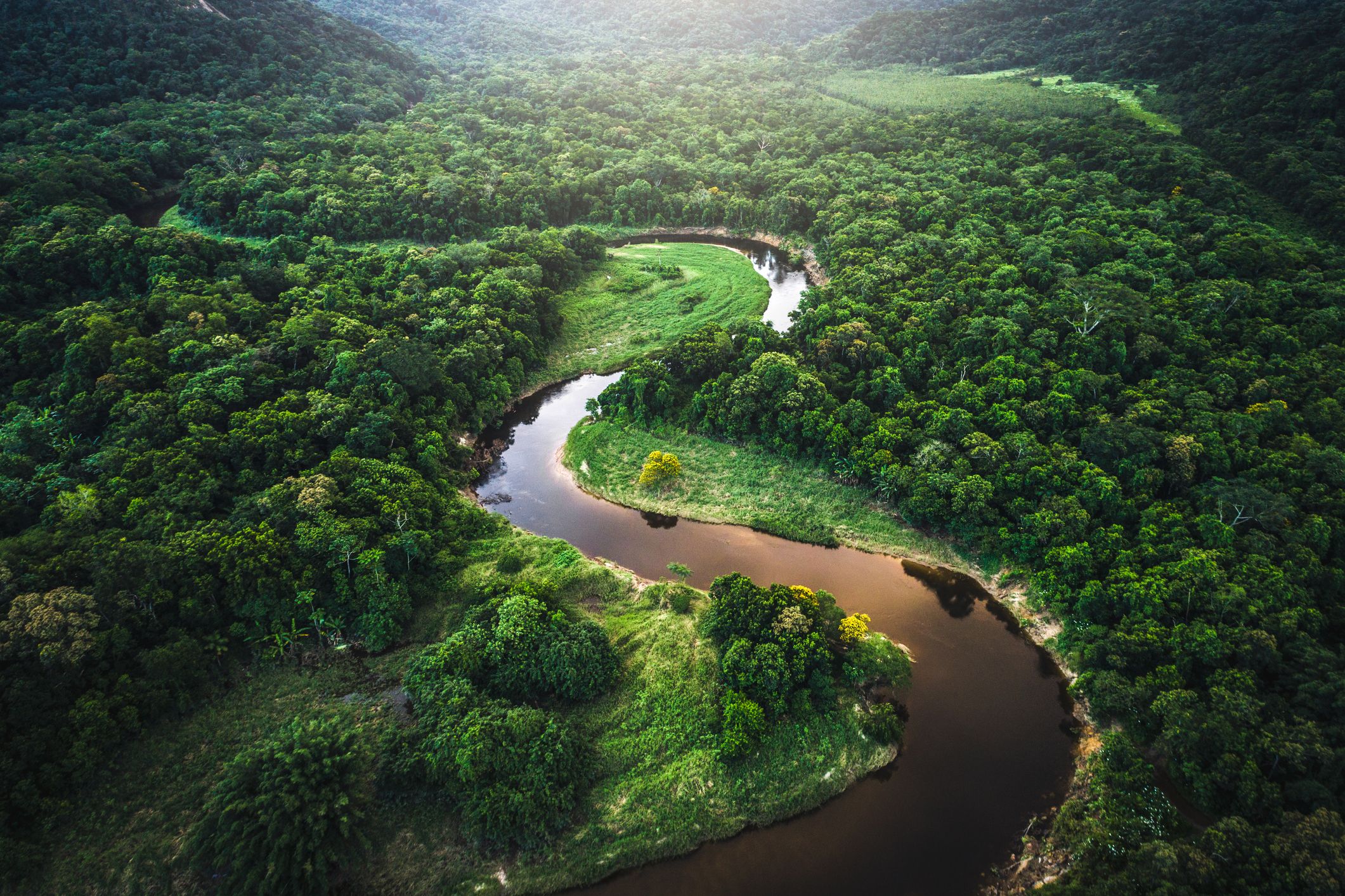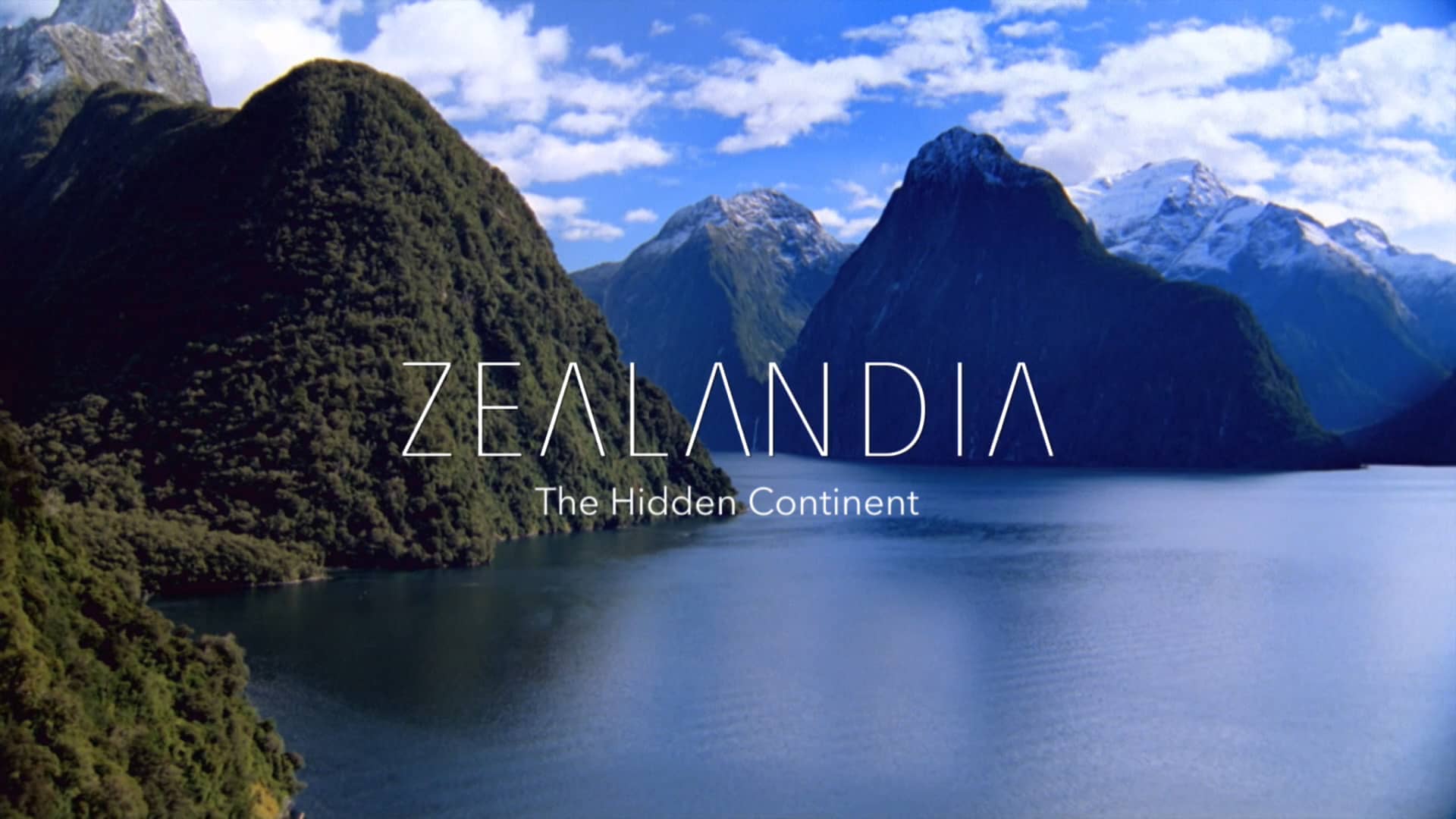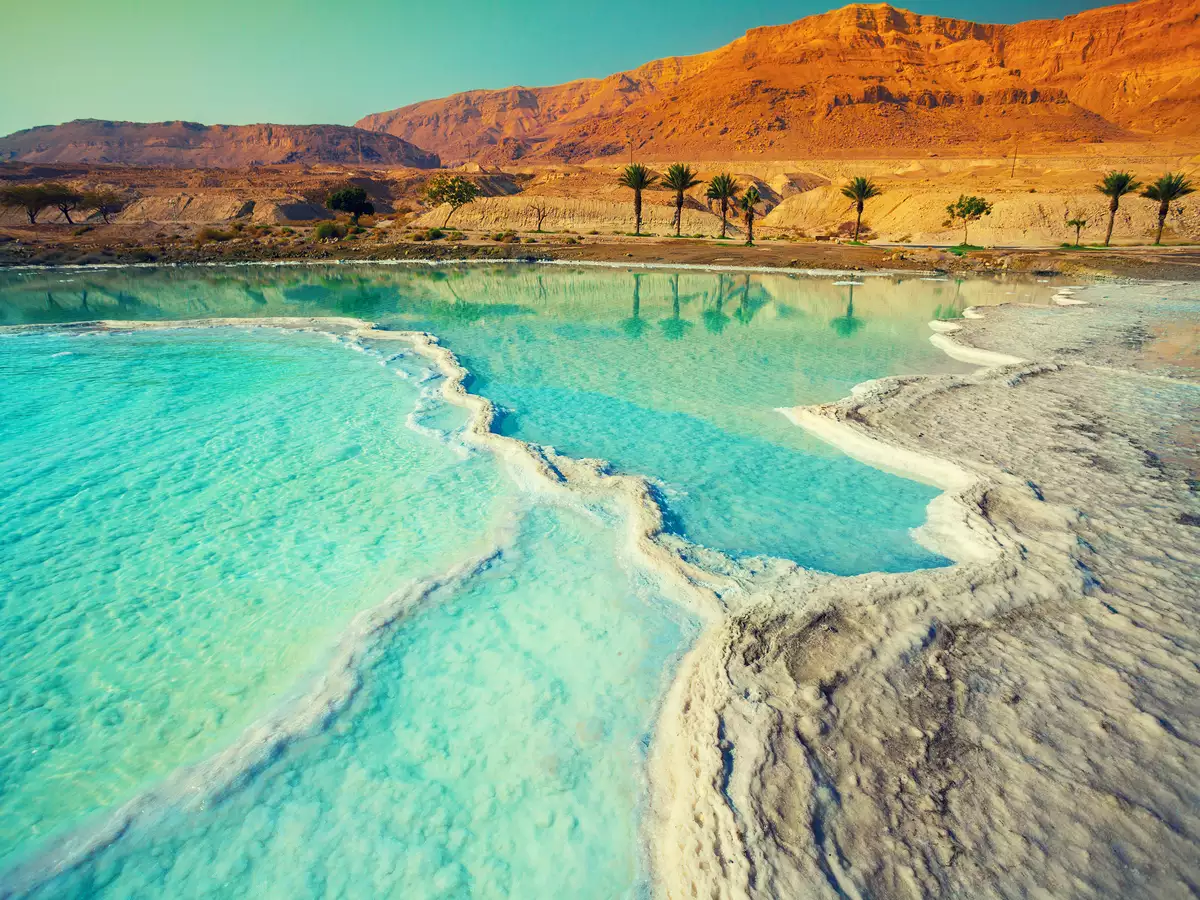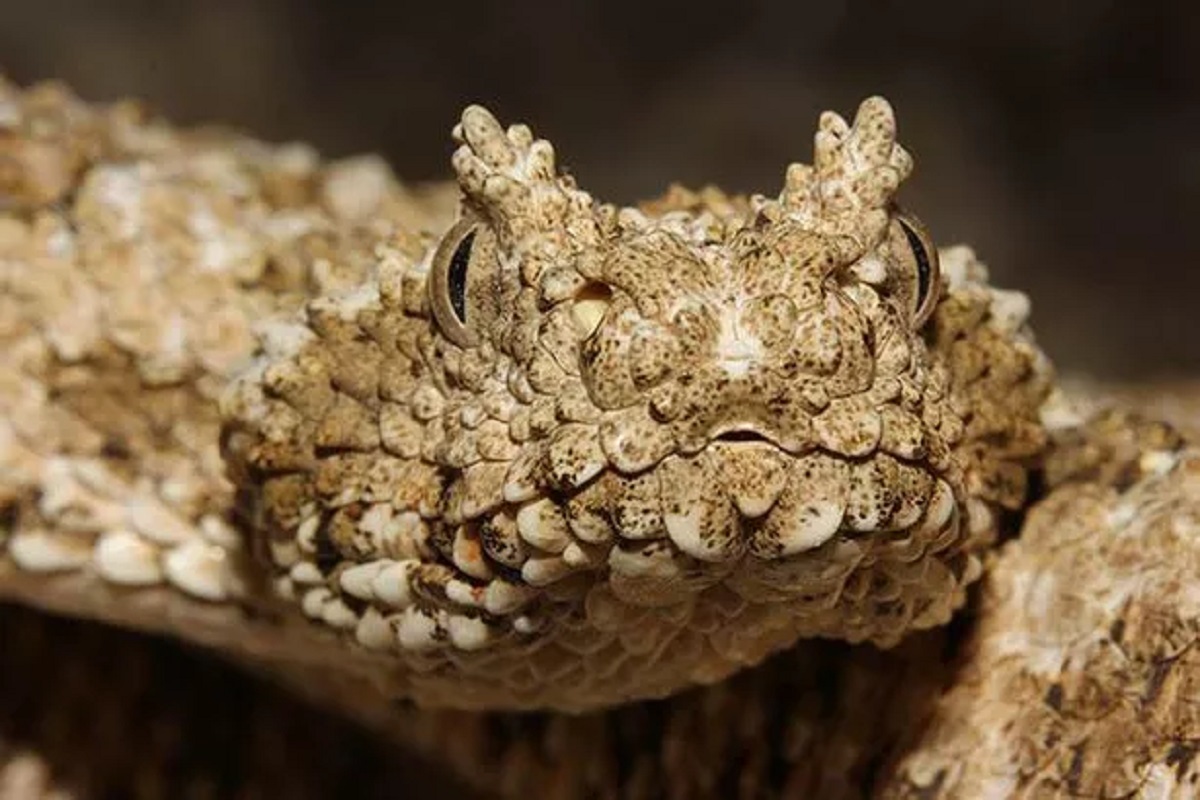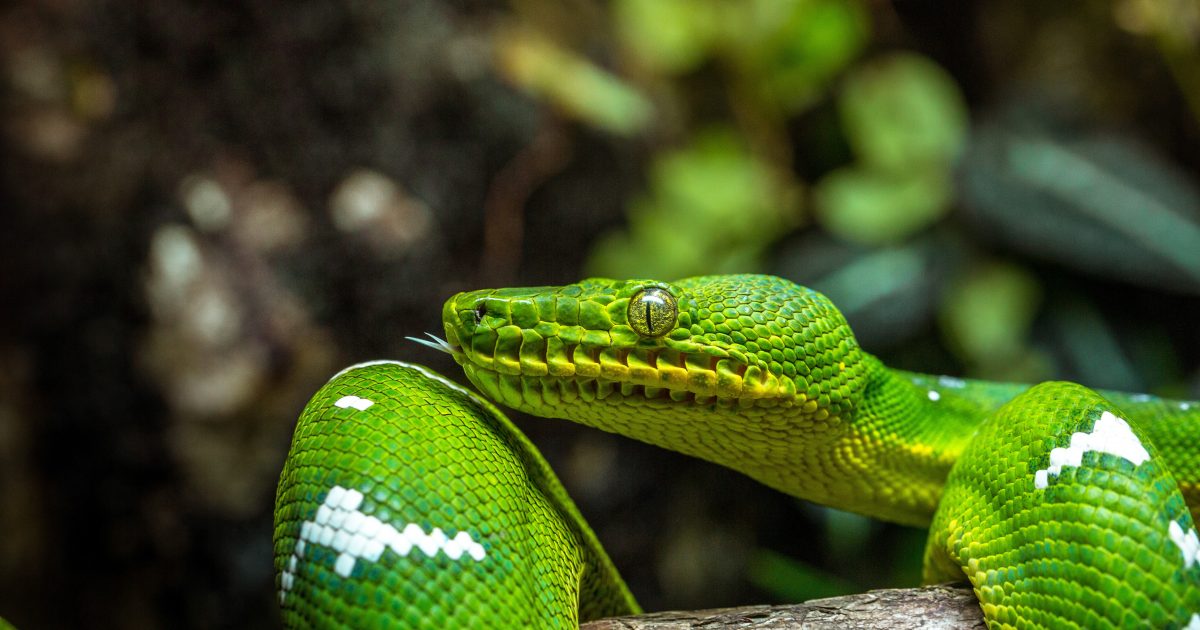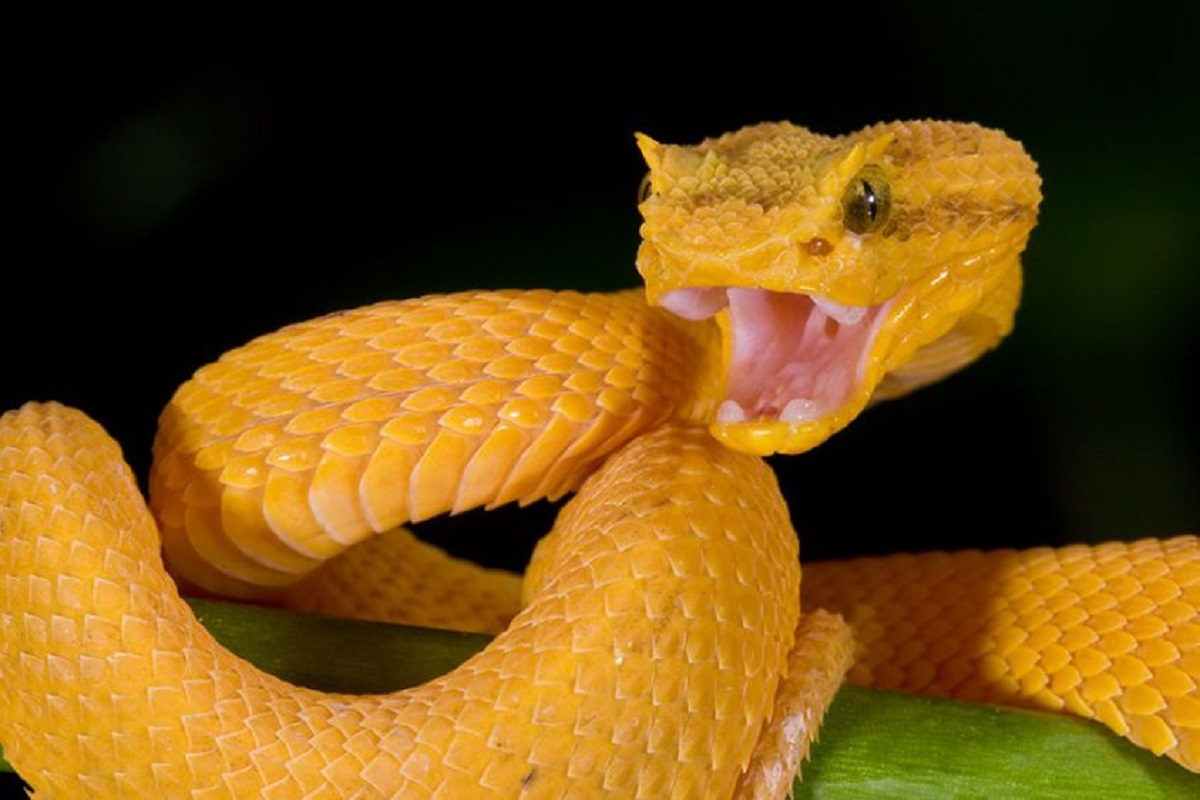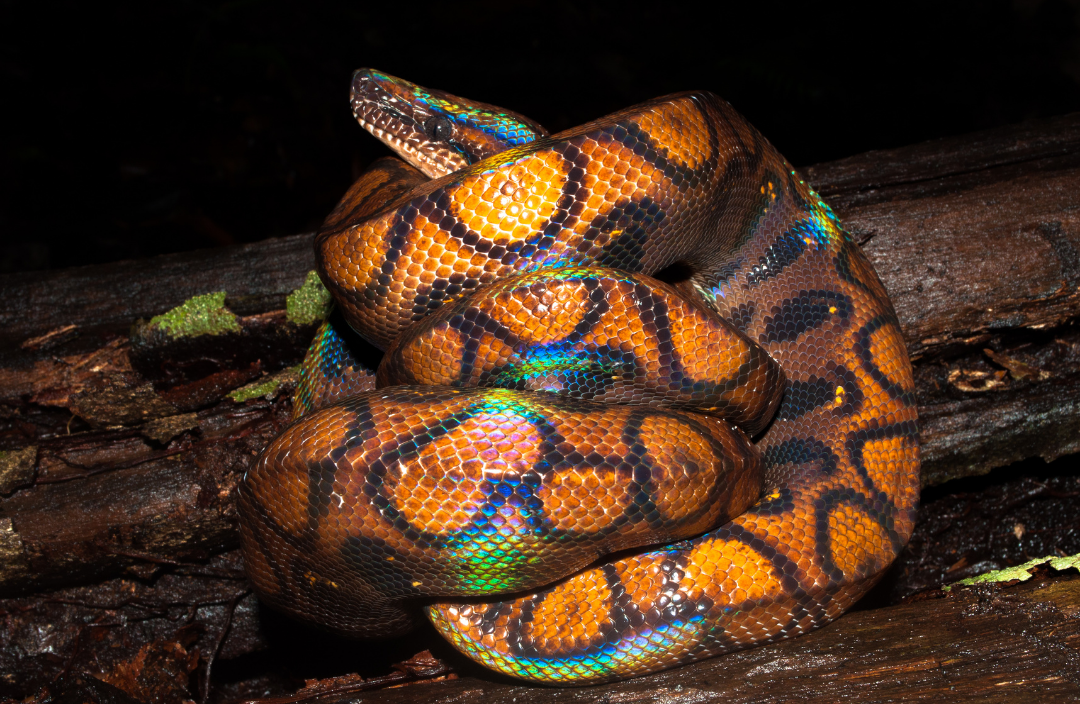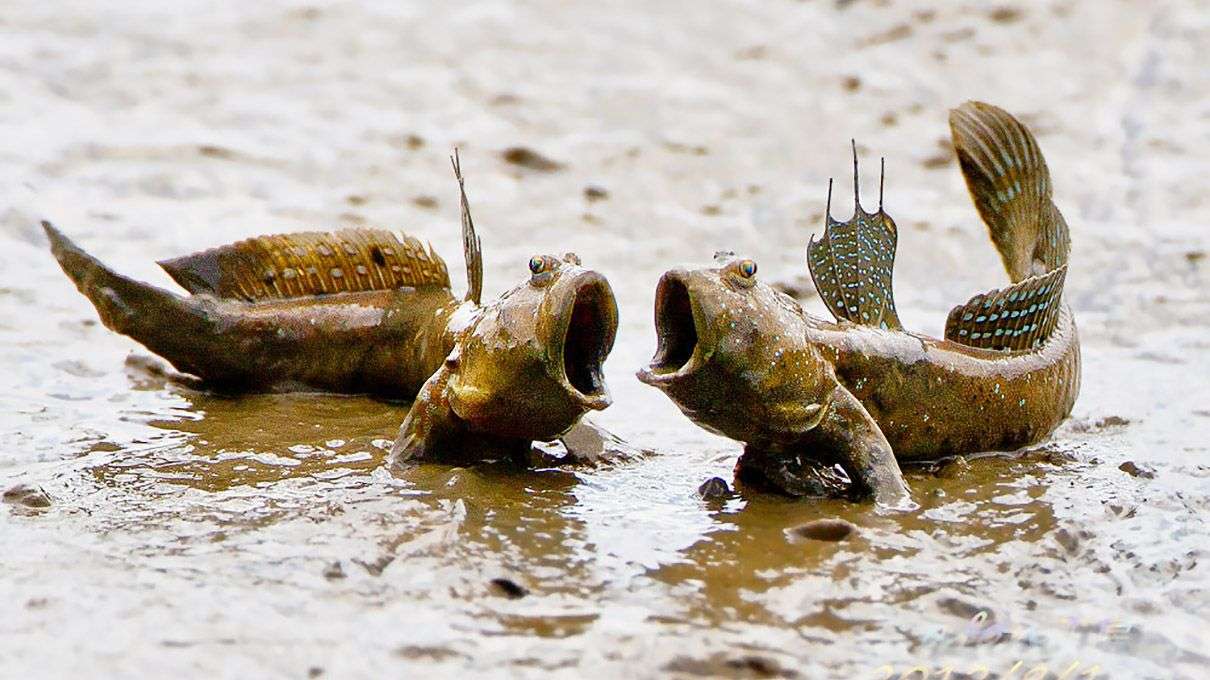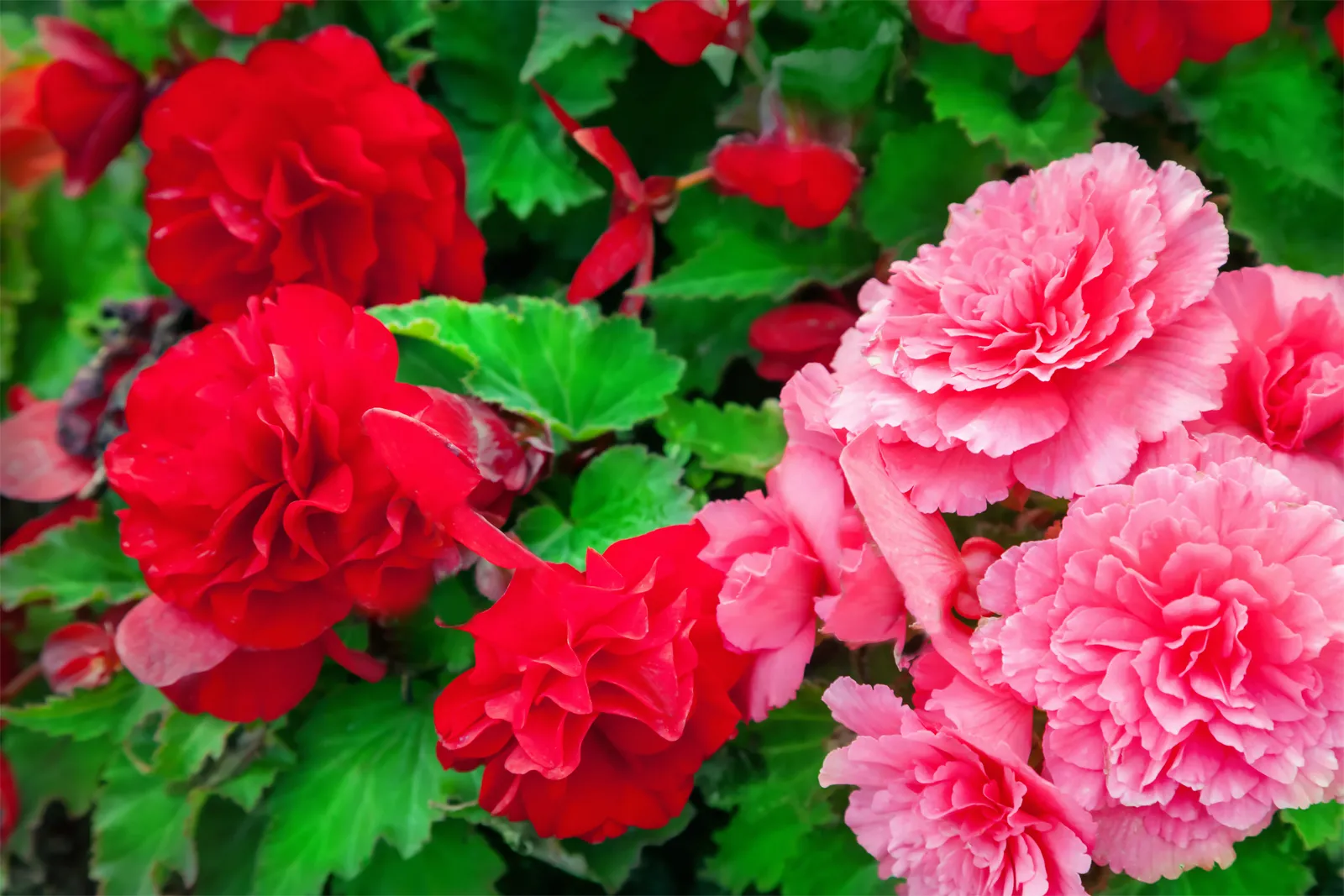The Okavango Blue Diamond, a rare and dazzling gem from Botswana, has captivated experts and gem enthusiasts alike. Weighing an impressive 20.46 carats, this “fancy deep blue” diamond is a true marvel of nature, distinguishing itself from nearly all other mined diamonds.

Discovered in Botswana’s Orapa mine in May 2018 by the Okavango Diamond Company, this exceptionally large diamond is about the size of an almond still in its shell. However, it’s not just its size that sets it apart; it’s the mesmerizing blue hue that makes it truly exceptional.
The deep blue color of the Okavango Blue Diamond is attributed to its unique boron content, a rarity among diamonds. Typically, diamonds contain a higher amount of nitrogen, as nitrogen is more abundant in the environment. Boron, on the other hand, is not commonly found in the deep regions of the Earth where diamonds form. The Okavango Blue Diamond disrupts this norm by containing a higher proportion of boron compared to nitrogen.
So, how did this precious gem acquire its boron content? The source of boron lies in the ocean, where it originates from. The subduction process, which occurs when an oceanic tectonic plate collides with a continental plate and slides beneath it, drives boron deep into the Earth’s transition zone. Over time, these traces of boron become buried and may eventually end up within a diamond.
George Harlow, a geologist and curator at the American Museum of Natural History’s Halls of Gems and Minerals, highlights the significance of the Okavango Blue Diamond’s discovery. He emphasizes that this diamond provides valuable evidence supporting our understanding of how the Earth operates, particularly the subduction process. Scientists have only gained insights into subduction in the last half-century, making the diamond’s formation a valuable piece of the puzzle.
However, the exact reason for the diamond’s distinctive chemical composition remains a mystery for mineralogists. Harlow notes that it’s unclear why the diamond has such low nitrogen content, a trait that contributes to its near-flawless appearance. Typically, diamonds with higher nitrogen levels tend to have a yellowish tint, making the Okavango Blue Diamond an extraordinary find.
